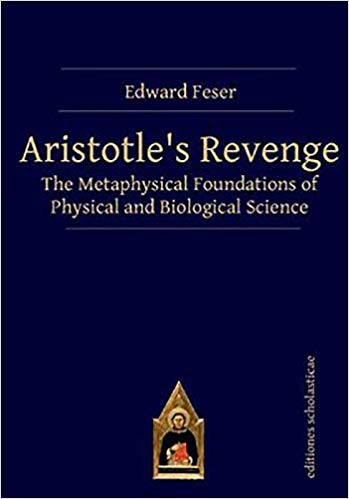A simple triangle can disprove materialism
Conventional descriptions of material processes do not help much when we are trying to account for abstract thoughtIn this week’s podcast, philosopher Edward Feser and neurosurgeon Michael Egnor sat down to talk about “neurobabble,” the classic popcorn explanations of how the mind works.
The difficulty is, conventional descriptions of material processes do not help much when we are trying to account for the abstract thought processes mediated by the brain. Dr. Feser asks us [3:48 – 7:32], for example, to consider a simple triangle:
Michael Egnor: How are humans able to reason, use logic, and think abstractly? Neuroscientists presuppose that our minds are entirely material things. But do you think it is possible to have abstract thought that has an entirely material basis?
Edward Feser: No, I don’t think it is… For example, we have the general abstract idea of triangularity, of being a triangle. And it’s one that we convey in words, like the words of a definition like “a triangle is a closed plane figure with three straight sides.”
When we grasp that formal nature of being a triangle, we are grasping something that is totally abstract. It applies to every single triangle that has existed, does exist, will exist or, for that matter, could exist, whether it is a triangle drawn in ink, whether it is a triangle drawn in sand, whether it is a triangle you construct by putting three sticks together, whether it is a triangle formed by the side of a pyramid, the idea or the concept is entirely abstract.
And part of the problem of identifying that with something going on in the brain is that anything that is taking place in a material object, let’s say, a symbol or a material representation encoded in the neural firing pattern of the brain, anything like that is always concrete or specific, or individual, as opposed to abstract or completely general, the way that a concept is.
So, for example, suppose someone were to say—and no one would say this, this is obviously too crude a model but this would be the best-case scenario for identifying concept with something going on in the brain—suppose somebody said that whenever we think about triangles in the abstract, there is a firing pattern in the neurons of the brain that traces out a triangular shape, right.

Of course, that’s not what happens but suppose it did happen. That would be the best-case scenario, where you have something in the brain that would correspond to triangularity. The problem with identifying the concept of triangularity with that particular pattern is that particular pattern would itself just be one specific, individual triangle among others. It would be, say, a roughly whitish, greyish, reddish, non-right triangle within a particular human brain— which differs in its very nature, of course, from triangularity in the abstract, triangularity in general. So there is a kind of mismatch between concepts and ideas on the one hand, which are abstract and completely general, and on the other hand, physical symbols and other material representations, which are always concrete, specific, and individual.
And you find that attempts to reduce abstract thought to matter always suffer from this sort of problem, this sort of fallacy— they confuse what is abstract and general with what is concrete and individual.
Note: Michael Egnor has also offered the concept of the “chiliagon,” a figure with a thousand sides, to help distinguish between abstract and concrete ideas:
Abstract thought is qualitatively different from concrete thought. To understand this, consider a chiliagon. A chiliagon is a closed regular polygon with 1000 sides. It is very simple to understand abstractly. However, it cannot be imagined concretely—it’s not possible to form a clear picture of a chiliagon in your mind.
Furthermore, abstract thought is not merely an assembly of a large number of concrete thoughts—you don’t understand what a chiliagon is simply by imaging a series of many-sided polygons approaching a 1000-sided figure. Thus we see that abstract thought and concrete thought are different types of thought.
Michael Egnor, “What is abstract thought? A reply to Dr. Ali” at Mind Matters News
We grasp the idea of a chiliagon abstractly. We don’t really picture it concretely.
Dr. Feser’s most recent book is Aristotle’s Revenge: The Metaphysical Foundations of Physical and Biological Science (2019).

